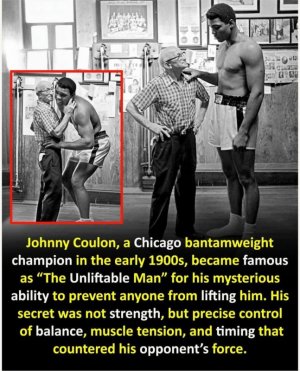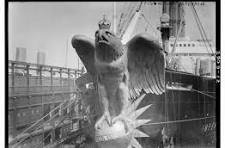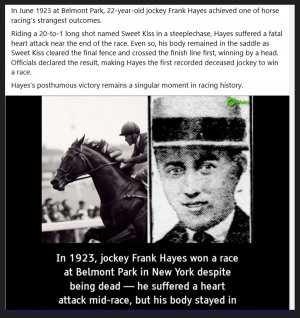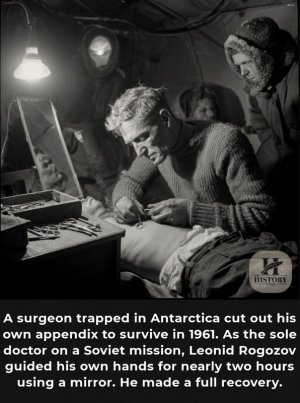OldFeller
Well-known Member
- Location
- Pennsylvania, USA

Kurt Vonnegut once survived the firebombing of Dresden by hiding in a slaughterhouse — and spent the rest of his life trying to explain what it meant to live through hell and still laugh.
He was 22, an American soldier captured by the Germans during World War II. In February 1945, Allied planes dropped over 3,900 tons of explosives and incendiaries on Dresden — a city with no real military target, packed with civilians and prisoners of war. Vonnegut and a handful of other POWs were locked in an underground meat locker labeled Schlachthof-Fünf — Slaughterhouse-Five — when the firestorm turned the city above them into an inferno.
When they emerged days later, the city was gone. “Everything was gone but the fire and the smell,” he said. “We were the only ones left to bury the dead.” He was young, shell-shocked, and numb — and yet somehow, that horror would become the foundation for one of the strangest, funniest, and most devastating novels ever written.
The hidden story of Kurt Vonnegut isn’t just survival — it’s how he refused to let tragedy turn him cruel. He went home, worked odd jobs, and tried to make sense of a world that had no moral order. He wrote science fiction that wasn’t about rockets or aliens — it was about humanity’s absurd need to find meaning where there was none. His stories were filled with broken heroes, bureaucratic gods, and machines that made people obsolete.
When Slaughterhouse-Five was finally published in 1969 — nearly 25 years after the bombing — it shocked readers. It was part war memoir, part time-travel satire, part cry of grief. The refrain that echoed through the book — “So it goes” — became his way of confronting death without surrendering to it. Every time someone dies, the narrator shrugs: So it goes. It wasn’t coldness. It was defiance.
But Vonnegut’s rebellion wasn’t just literary. He became one of America’s loudest moral voices — against war, greed, conformity, and what he called “our heartbreaking capacity for stupidity.” He looked like a disheveled professor, with wild hair and sad eyes, but his humor was lethal. “I tell you,” he said, “we are here on Earth to fart around. Don’t let anybody tell you different.”
The irony was that fame never made him happy. “People think I’m funny,” he once said, “but I’m just angry in a clever way.” Behind the wit was a man haunted by what he’d seen — and what he knew we kept repeating. He taught writing at the Iowa Writers’ Workshop, mentoring generations of authors who would go on to shape modern fiction. He told them, “Be kind. There’s no better story than that.”
In his later years, he was still furious, still funny, still mourning the same senselessness he’d witnessed as a kid in that bunker. “I’ve been to hell,” he said in one of his last interviews. “And the most remarkable thing about hell is how ordinary it feels.”
Kurt Vonnegut didn’t believe in heroes or villains — just humans, stumbling through absurdity, trying not to lose their souls.
He turned horror into humor, chaos into compassion, and death into a joke that still hurts when you laugh.
He walked out of the ruins of Dresden carrying one truth that still feels radioactive today:
If we can’t laugh at the madness — we’ll never survive it.


















